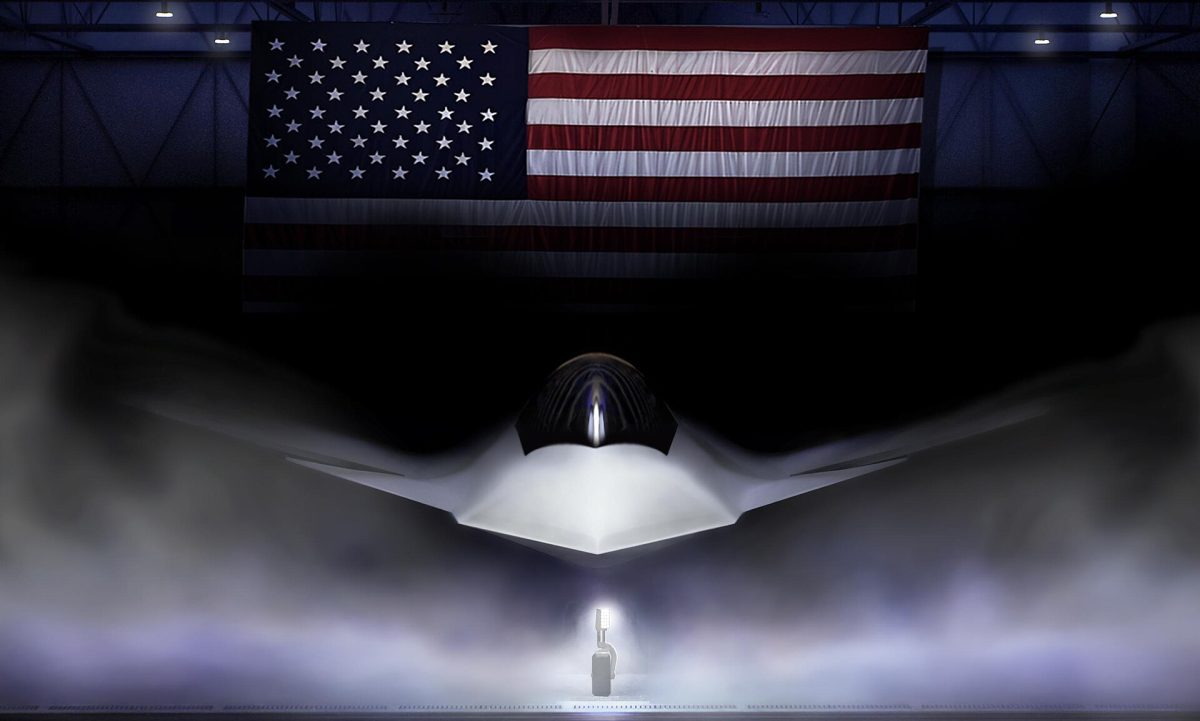On Wednesday, Sept. 10, President Barack Obama gave a speech on his plans to eradicate the threat of the Islamic State of Iraq and Syria.
The president’s plan is a nice idea. For many Americans, it was probably comforting to hear the head of the country promise to keep American ground troops out of Iraq. However, this strategy relies too heavily on speculation to know for sure if it will work.
The plan has four specific parts, which are designed to function together to achieve results.
The first part of the plan will involve coordinated airstrikes against targeted ISIS locations. In his address to the nation, the president told viewers that the U.S. would be expanding beyond protecting its own people and humanitarian missions and working closely with the Iraqi government to hit ISIS targets from the skies while Iraqi forces move against them on the ground.
This stands out as a red flag, because the United States military has intelligence showing that ISIS has now embedded itself in tightly packed cities, using civilians as shields, according to the Clarion Project.
This will make airstrikes difficult, if not impossible. Any airstrikes that go as planned could potentially hit and kill innocents. Casualties like this are perfect fodder for the ISIS propaganda machine, which will use them as opportunities to recruit new members.
The second part of the plan will entail providing training and support for Iraqi troops and security forces, as well as Syrian moderate rebels and the Kurdish Peshmerga.
This is the part of the plan that seems to make the most sense. In theory, the idea of training fighters in the Middle East to combat the spread of ISIS makes sense, as ultimately they will be the ones left behind to protect Iraq and Syria.
“It worked in Afghanistan,” said Robert Duncan, assistant professor of political science. “We trained and armed the Northern Alliance, provided air coverage and had no troops on the ground.”
There are two questions that need to be asked though.
First, who is going to foot the bill? President Obama said that a coalition of 40 nations has expressed support in the fight against ISIS, but war is expensive, and we’ve only received help from a few of those places.
Failing that, who will it be? In the past, the American taxpayers have been the ones to fund wartime operations.
Secondly, do we really think that providing arms for another group we barely understand is a good idea?
“Arming one militant group against another is not what you want to do,” said senior philosophy and political science major M.J. al Rashidi. “The Kurds have their own problems with the Sunnis and arming them could start a civil war.”
The third aspect of the plan relies on America’s considerable counter-terrorism and surveillance abilities. The U.S. will continue to monitor the activities of the Jihadist group and apprise the authorities in the Middle East of all activity.
However, what exactly agencies like the National Security Agency will be looking for has not been made clear and feels like an excuse to widen the government’s already substantial powers to monitor the American people.
The fourth and final aspect of the president’s plan is humanitarian aid. The U.S. will continue to provide help to people and communities displaced by the spread of ISIS across the Middle East. This is the only aspect of the plan that seems ready for deployment without any further development.
“We cannot allow these communities to be driven from their ancient homelands,” said Obama in the closing remarks of the address.
In a perfect world, the president’s plan sounds absolutely viable. However, a large portion of that plan is wishful thinking and speculation. It doesn’t seem wise to enter into a conflict we only think we know how to win.






